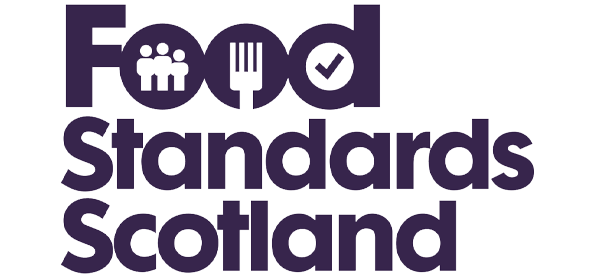Change is in our DNA
We are an integrated marketing agency that believes in effecting change for the benefit of our clients and society through the seamless weaving of insight, data, innovation and creativity.
Latest work


Business to Business
Utility
Retail
The champion of transformation
ScottishPower
View case study


Education
Health
Public Sector
Changing more than nappies
Scottish Government | Parent Club
View case study


Retail
Sponsorship
Ace the schuhlace
schuh
View case study


Health
Public Sector
Getting the nation back into donation
SNBTS
View case study


Public Sector
Transport
For the journey
Traffic Scotland
View case study
The Union group
To accommodate the minutiae of any given challenge, and the respective talents required, we are comprised of five specialist units right here in Edinburgh.
Be part of the Union
Got grand career ambitions? Hello. Have a peek at our careers page, and see if there are any current vacancies that tickle your fancy.
Up for a change?
We’ve only just met and here we are enquiring after your status. Brazen. You probably want to do a little more browsing before making any commitments. But if not…















